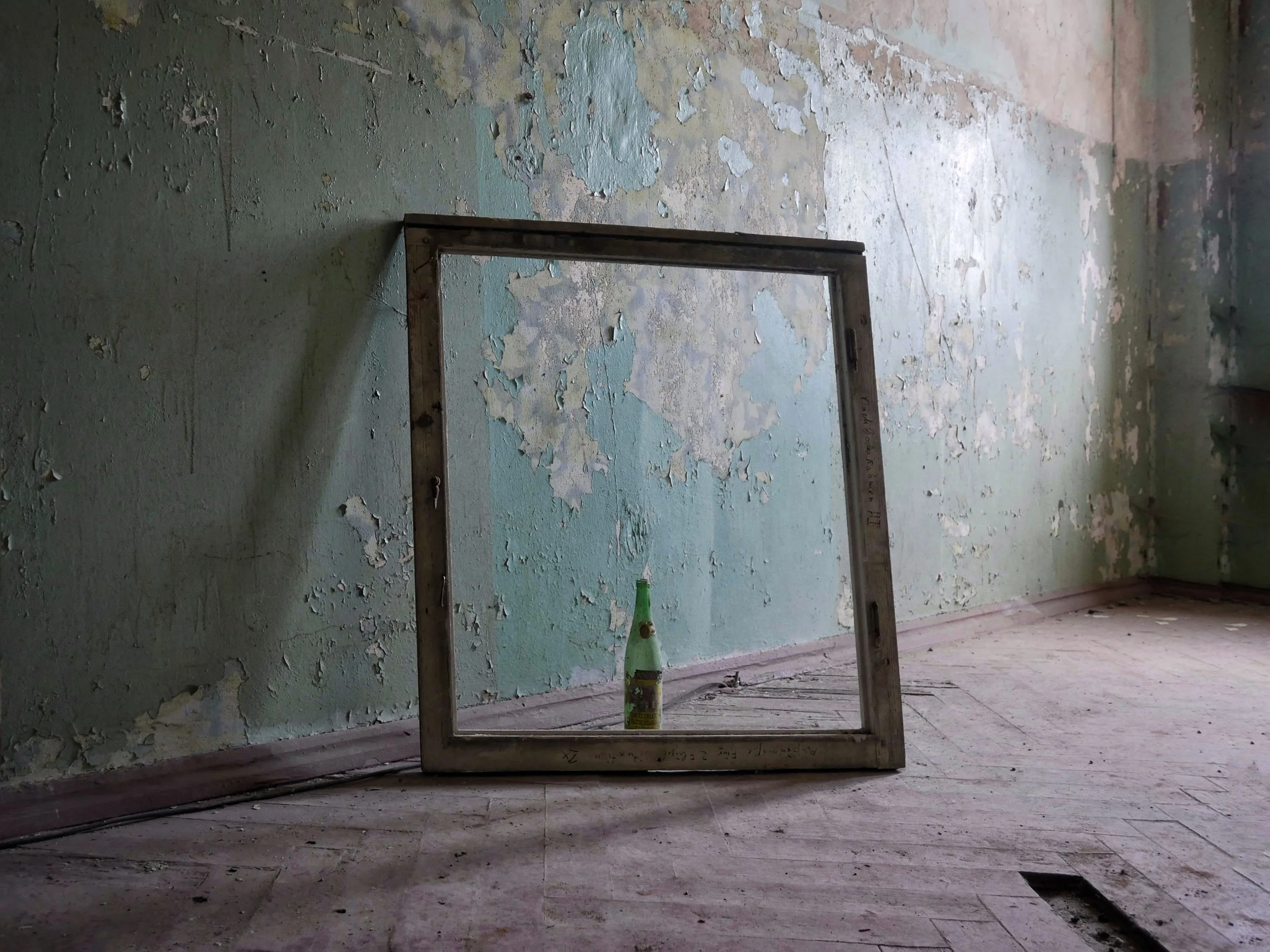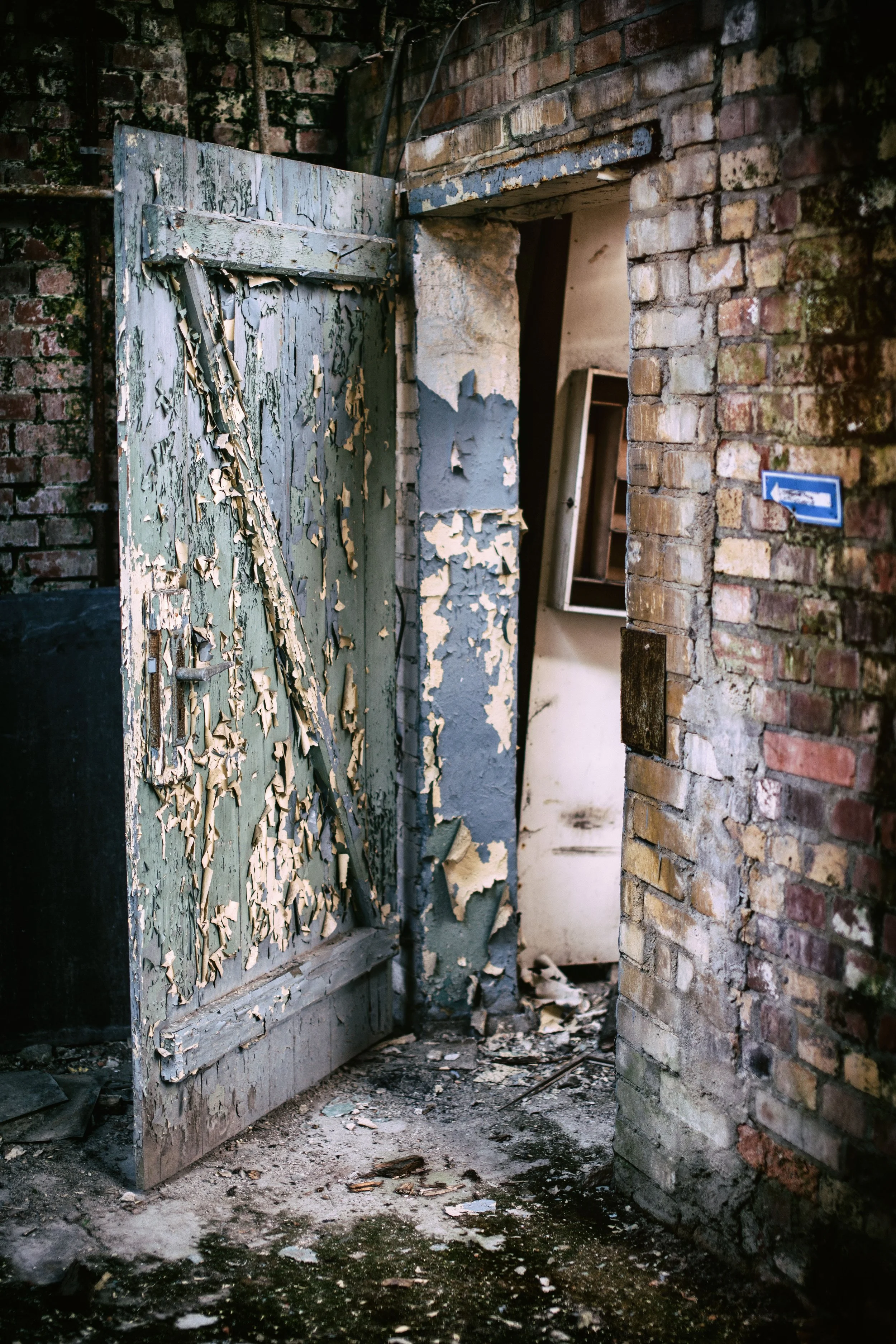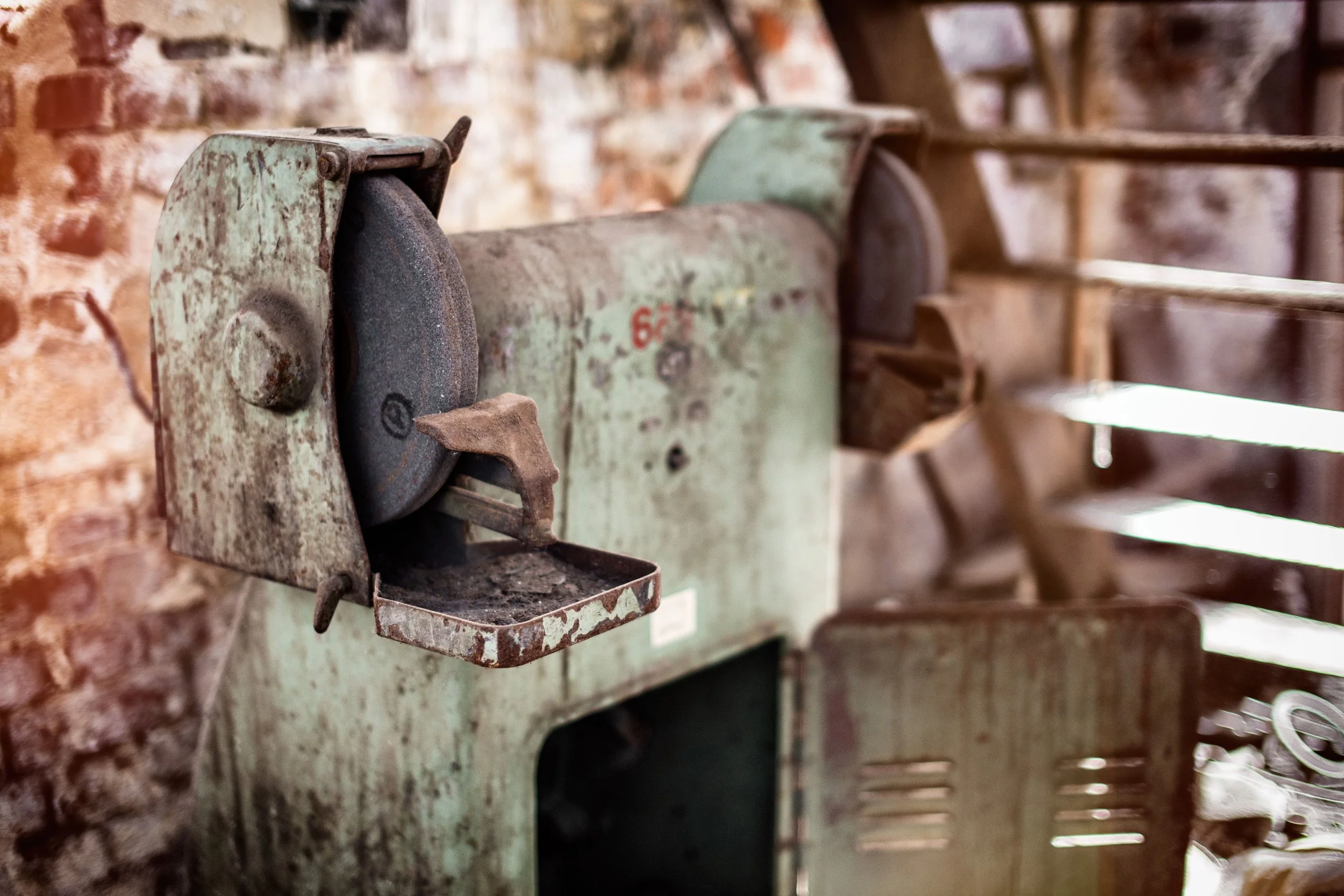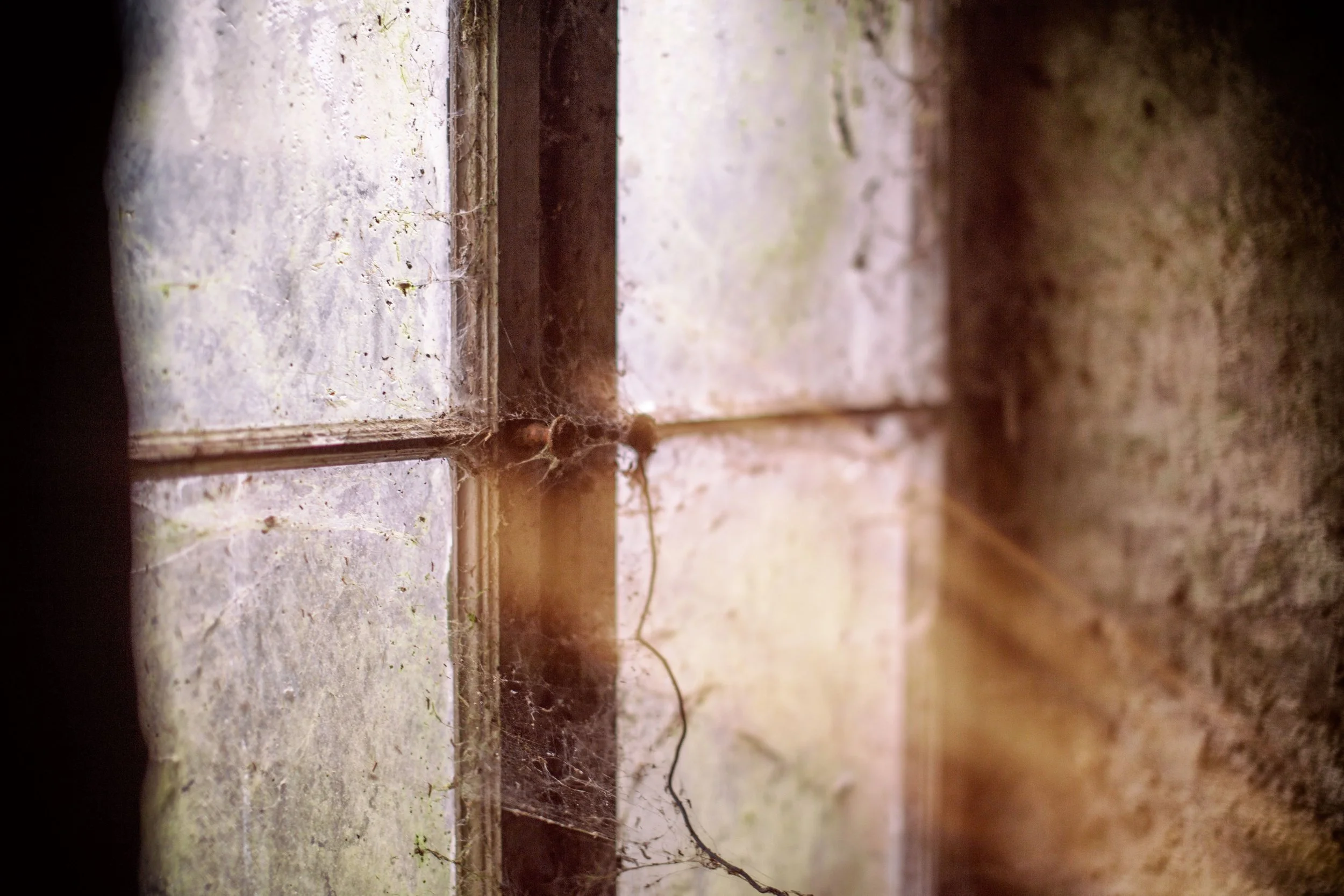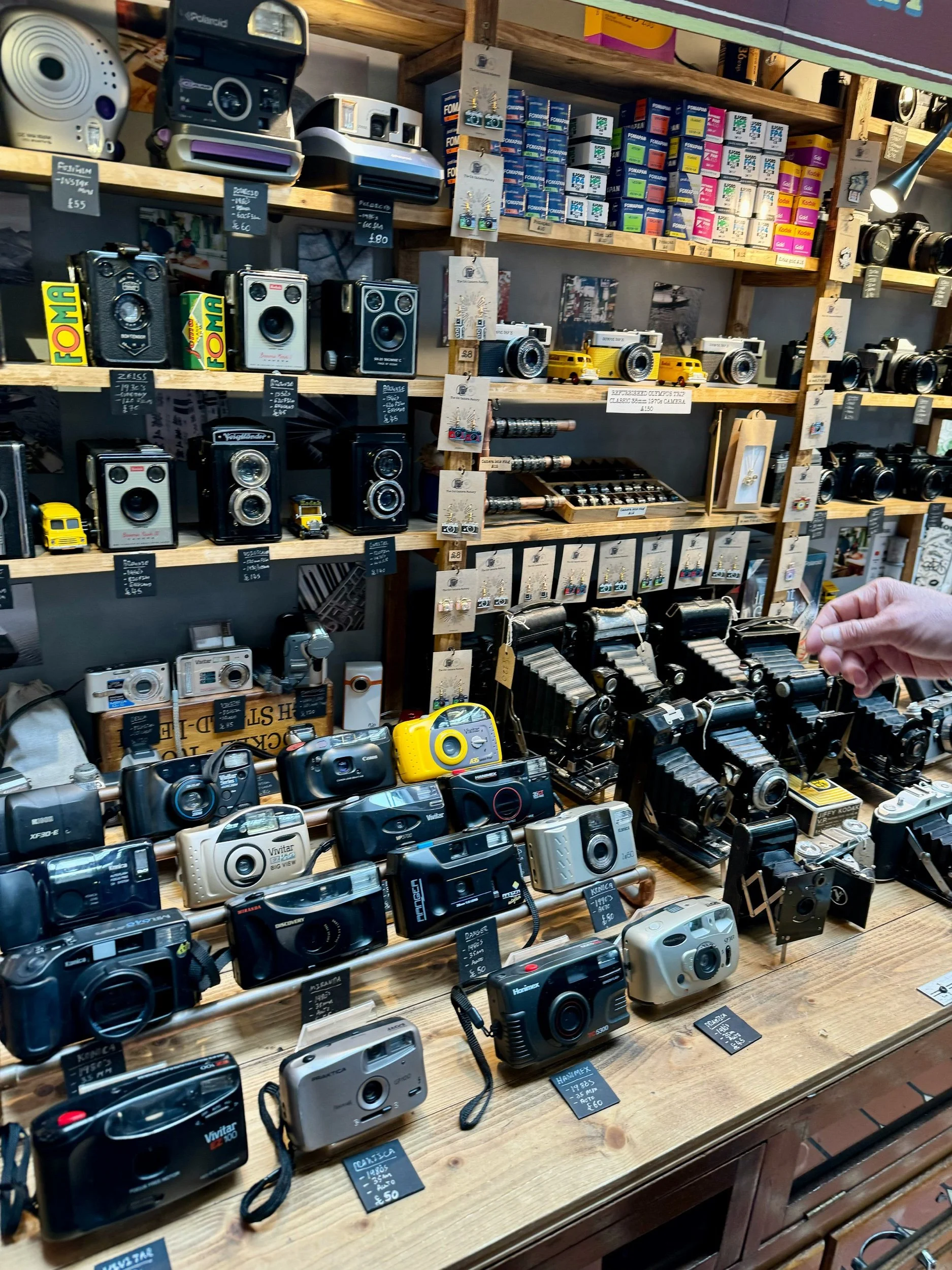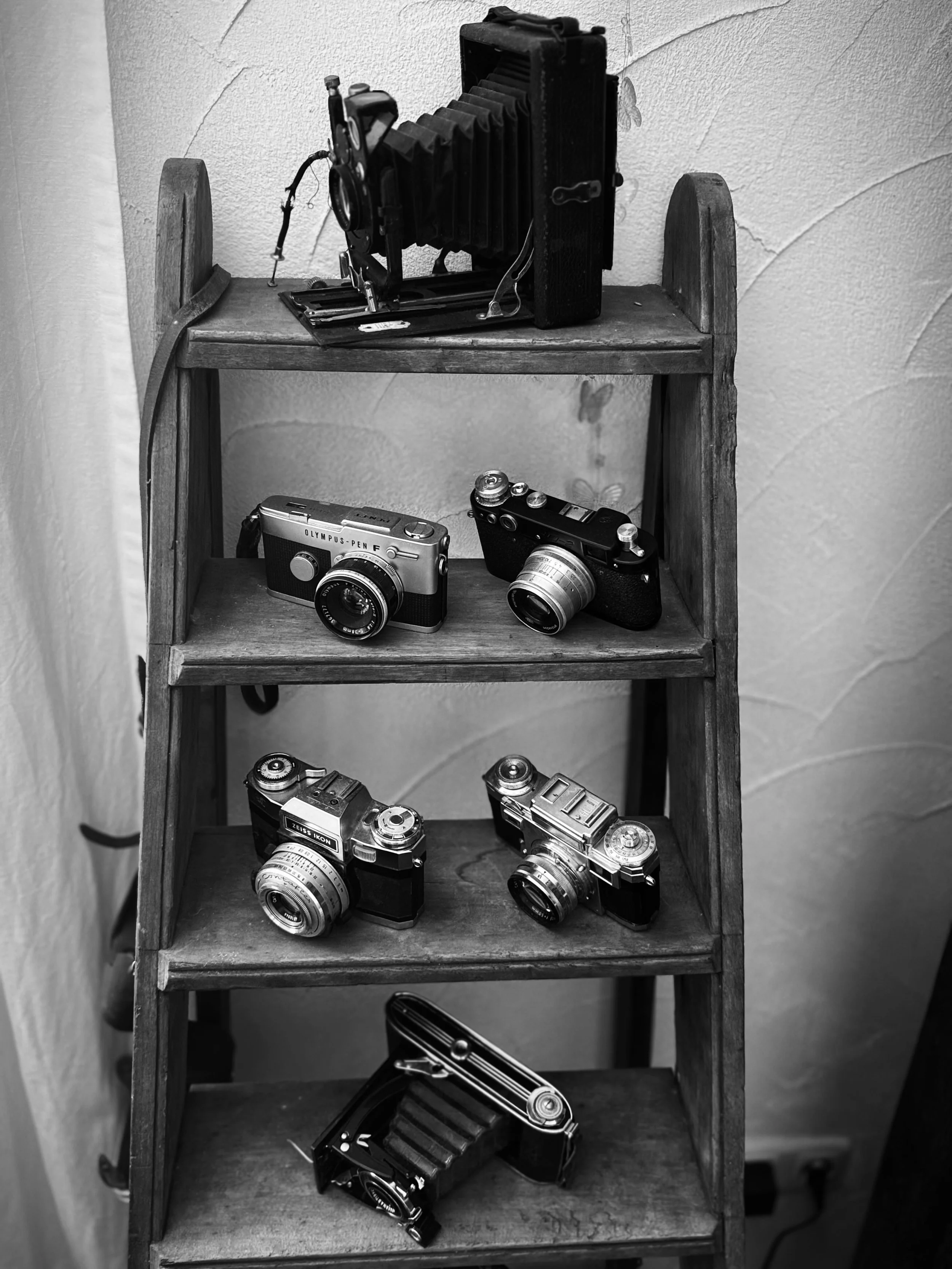The provided text, "Mumbai: Light, Life, and Loops," chronicles a photographer's initial three-month immersion in Mumbai, often referred to as "Maximum City." The author arrives expecting glamour but instead encounters a dynamic urban landscape characterized by relentless heat, chaotic traffic, and profound contradictions. Through personal anecdotes and vivid descriptions, the narrative explores various facets of the city, from the serene vantage point of Malabar Hill to the bustling colonial thoroughfare of Colaba and the hidden heritage of Khotachiwadi. The author's experiences capturing Mumbai's essence are highlighted by the visual challenges of a constantly changing environment, the overwhelming sensory experience of Ganesh Chaturthi, and the architectural and cultural complexities of Fort. Ultimately, the text reveals the photographer's evolving perception of Mumbai, moving beyond initial expectations to appreciate its conviction, resilience, and ceaseless transformation, culminating in the decision to stay.
The evolving nature of photography in the digital age, specifically in the context of AI-generated imagery, and the identity crisis and potential future of traditional photographic practices.
Key Themes:
The Shift from Witness to Prompter: The author highlights a fundamental change in the relationship between the photographer and the image. Historically, a photograph was direct evidence of presence and experience: "Photos used to prove you saw something." In the age of AI, the image can be created through instruction rather than observation: "Now they prove you prompted something." This signifies a growing distance between the creator and the visual output.
The Erosion of Photographic Truth: The piece argues that the clear distinction between the "flawed truth" of photography and the "invented beauty" of painting, which existed in the past, has blurred significantly. The ease and sophistication of digital manipulation and AI generation make it increasingly difficult to discern whether an image depicts a real event or a constructed reality. The author refers to this as the "de-realization of the photographic world," citing William John Mitchell.
The Existential Crisis of Traditional Photography: The author, identifying with analog photographers, describes an "existential tangle" brought on by the rise of AI. Traditional photographers face the dilemma of competing with AI, which is infinitely efficient and tireless, or embracing the inherent imperfections and labor of their craft.
Finding Meaning in Imperfection and Process: The author advocates for the latter, suggesting that the future of traditional photography lies in leaning into its "fragility, texture, and imperfection." This includes the sensory and ritualistic aspects of analog photography, such as "the calm ritual of winding film" and the "good old smell of stop bath." These are elements that AI struggles to replicate authentically.
Photography as Art, Not Just Journalism: The author proposes that photography should shed its historical role as primarily a form of documentation or "journalism" and embrace its potential as a form of creative expression akin to poetry or jazz. This allows traditional photographers to focus on the artistic and subjective aspects of image-making, rather than being solely concerned with literal truth.
The Value of Presence and Witnessing: Despite the ability of AI to simulate aesthetics, the author argues that it cannot replicate the human experience of being present and witnessing a moment. The act of taking a photograph, especially with traditional methods, "demands presence. It still whispers: 'Be here. Look harder. The moment matters.'"
The Revival of Analogue Photography as Cultural Heritage in Germany
Date: October 26, 2023
Subject: An analysis of Germany's decision to designate analogue photography as Intangible Cultural Heritage, examining its cultural significance, reasons for its resurgence, and its future implications.
I. Executive Summary
Germany has officially added analogue photography to its national List of Intangible Cultural Heritage, placing it alongside traditions like turnip farming and yodeling. This designation signifies a profound cultural shift, elevating film photography from a niche hobby to a recognized and valued cultural practice. The decision reflects a broader societal embrace of "slowness, craft, and imperfection" in a digitally saturated world. The revival is driven by both nostalgic older generations and younger individuals seeking a more deliberate and authentic creative process. While financially demanding, the status as cultural heritage offers hope for greater support and accessibility, solidifying analogue photography's place as a lasting cultural phenomenon.
II. Key Themes and Most Important Ideas/Facts
1. Official Recognition and Cultural Legitimacy:
Designation: Germany has formally recognized analogue photography as Intangible Cultural Heritage.
"So, it’s official: Germany just gave analogue photography the ultimate compliment—it added it to the national List of Intangible Cultural Heritage."
"Somewhere between turnip farming and yodeling, you’ll now find 35mm film and the faint chemical scent of stop bath."
The "UNESCO world Heritage" source also notes, "Wisco stepped in gave us the knot made it official film ain't just a fat."
Impact: This decision moves analogue photography beyond a "hipster niche" to achieve "cultural legitimacy," becoming "sacred" with "UNESCO’s blessing." This recognition is seen as a "timely reminder that slowness, craft, and imperfection still matter."
2. The "Analogue Boom" – A Resurgence Across Generations:
Growing Popularity: The "analogue boom is no longer a flicker—it’s full exposure. Film sales are soaring, photo labs are overwhelmed, and darkroom gear is selling like hot Glühwein."
Intergenerational Appeal: The revival is not limited to one demographic.
"Young people with Fujica compacts taped up like crime scenes, comparing light leaks like battle scars."
"Their parents are back in the game too. They’re rummaging through dusty boxes labeled 'Ski Trip ’89,' only to emerge triumphantly with a battered Minolta, ready to remind everyone that they used to shoot 'before autofocus was even a thing.'"
This is described as a "genuine intergenerational hobby," where "Teenagers explain ISO to their parents, who counter with tales of push-processing and the day Kodachrome died."
3. The Philosophy of "Slowness" and Deliberate Process:
Counter to Digital Instantaneity: Analogue photography is framed as "the slow food of visual culture." It demands a deliberate, patient approach: "You don’t binge-shoot. You savor. You focus. You meter. You think."
Emphasis on Process: The act of creation is as valuable as the final product.
"The process is as important as the result."
"No preview window no 20 shot burst just patience and sweat and sometimes the worst."
The "UNESCO world Heritage" source emphasizes "36 frames of soul no instant reply just shutter and silence and sky passing by."
Embracing Imperfection and Risk: The lack of instant feedback and the finite nature of film rolls (e.g., "Ten, twelve, maybe thirty-six frames—each one precious. Each one a risk.") cultivate a unique appreciation for each shot, including its flaws.
"All scratches left in for emotional texture."
"You don't need perfection you just need the truth and a bit of that spirit we all lost in youth."
4. The "Wallet Cringe" – Financial Realities:
High Costs: A significant barrier is the expense. "Film costs money. Real money. Portra is now the financial equivalent of French cheese."
Hope for Subsidies: The cultural heritage status brings optimism for future support: "Maybe subsidies will kick in. Maybe we’ll see public darkrooms."
5. Hybridity and the Role of Digital Technology:
Not Luddites: Modern analogue photographers are not anti-digital but rather "hybrid beast[s]—analogue in capture, digital in post."
Digital Facilitation: Digital tools are crucial for the analogue revival. "Without scanners, social media, or YouTube tutorials on how to reload a Canon AE-1, most of us would still be in the dark—literally and figuratively." This allows for film to be shot, scanned, edited slightly, and then shared on platforms like Instagram.
6. Cultural Significance Beyond Photography:
Tangible Connection to History: "Every old camera is back in play from garages and drawers they're seeing the day." This connects individuals to a tangible past and the evolution of technology.
A "Rebels Revival": The "UNESCO world Heritage" source describes it as "a rebels revival in every glow," suggesting a counter-cultural aspect to choosing a slower, more tactile process.
Patience as a Core Value: "It’s united by something rare these days: patience." This highlights the value of analogue photography as a practice that cultivates a desired quality in modern life.
III. Implications for the Future
Increased Support and Infrastructure: The heritage status could lead to more public darkrooms, educational programs, and potentially even subsidies for film and equipment, making analogue photography more accessible.
Continued Growth: The official recognition will likely fuel further interest, solidifying its place as a enduring cultural phenomenon rather than a fleeting trend.
Cultural Preservation: Germany's decision serves as a model for other nations to recognize and preserve practices that embody craft, patience, and a tangible connection to artistic processes in an increasingly digital world.
A Challenge to Manufacturers: The hope is that the increased demand and cultural backing might influence manufacturers like Fujifilm to reconsider discontinuing beloved film stocks.
France, Mon Amour?!
A Little Odyssey with Big Impact – with the Pentax 6x7 in the Bag
Start: Frankfurt – Destination: France
Why France? Maybe it was the thought of soft light over the Loire, a crusty baguette under the arm, and the hope of catching a bit of that elusive joie de vivre.
We set off with optimism—and a Pentax 6x7 slung over the shoulder. Heavy, yes. But also irreplaceable when it comes to image quality and intention.
Let me walk you through what this trip taught me – about travel, France, and shooting medium format film on the road.
Stop 1: Besançon – The Unpacked Camera
Besançon was our first halt, and frankly, a lesson in knowing when not to shoot. The town lacked atmosphere, texture, and light. It felt like arriving at a destination before the story had started.
Photography Insight:
With only 10 frames per roll, the Pentax 6x7 forces you to choose your moments carefully. Don’t burn a roll because you feel you should shoot. Wait until the light or emotion compels you to. Not every place deserves a frame.
Stop 2: Marseille – Grit, Not Glamour
Marseille conjures up images of sunlit coastlines and lavender-scented air. What we found was trash, grit, and sensory overload. But the chaos had its own character.
I loaded Ilford HP5 – perfect for dealing with the city’s stark contrasts and unpredictable lighting. Black-and-white helped me focus on form and emotion rather than the mess.
Photography Insight:
This is not a camera for quick street shots. If you’re shooting in dynamic urban environments, pre-meter, stay ready, and use zone focus. HP5 is forgiving – you can overexpose it slightly and pull back details later.
Stop 3: Carcassonne – The Fortress Frame
Carcassonne is a medieval dream—crowded by day, but magical at dusk. After a short rain shower, the skies opened with soft blue light.
It was Ektar 100 time. The fine grain and vibrant palette captured the sandstone walls and twilight sky perfectly.
Photography Insight:
Bring a tripod. This camera is no lightweight, and without support, you’ll never make the most of low-light scenes. Also, mirror lock-up is your friend to avoid vibration-induced blur.
Stop 4: Bordeaux – Big Name, Flat Scene
Bordeaux was a disappointment. The name promised elegance, but the city felt tired. I didn’t unpack the Pentax for two days. I observed instead.
Photography Insight:
Let the moment lead. The 6x7 is not a “spray and pray” tool. If a place doesn’t speak to you visually, skip it. Film is expensive. Time is limited. Don’t force it.
Stop 5: La Rochelle – The Unexpected Highlight
Now this was a surprise. Clean, vibrant, full of light and coastal elegance. I shot Portra 160 – ideal for the pastel tones of the harbor and stone buildings.
This was the only place I wished I had more rolls loaded.
Photography Insight:
If a location immediately resonates with you, pre-load your rolls. Know what film stock suits the light and mood. The Pentax 6x7 rewards preparation – not spontaneity.
Stop 6: Amboise – Serenity and Structure
Amboise brought back the magic. A historic town with a château rising over the Loire and real photographic character. I experimented with Cinestill 400D, intrigued by how its cinematic tones would render the scene.
This was also the best base for day trips to the architectural gems of the region – Chenonceau, Chambord, Chaumont.
Photography Insight:
Shoot with a print in mind. The 6x7 negative is ideal for framing and enlarging. Consider your composition in layers: light, structure, narrative. Each château had a different feel – and needed a different frame to tell its story.
Stop 7: Blois – The Unexpected Encore
Blois is elegance without pretense. The Château here is a mix of four architectural styles – a visual puzzle. The town itself was photogenic, walkable, and inviting. I slowed down, metered carefully, and took only three shots over two days.
Photography Insight:
The Pentax 6x7 will make you see slower. And that’s its strength. When you spend 10 minutes composing one frame, you begin to appreciate how precious each shot really is.
Final Stop: Nancy – A Graceful Goodbye
Nancy offered a final dose of classic French flair. The Place Stanislas alone was worth the trip. I didn’t shoot much here – partly due to fatigue, partly because I just wanted to enjoy the city without the weight of gear.
Photography Insight:
Sometimes, the best decision is to not shoot. Don’t let the camera come between you and the experience. The Pentax is a powerful tool—but it’s still just that: a tool.
Mid-Trip Reflections – Through a Glass (Not Always) Brightly
France surprised me—not always in good ways. There were moments of charm, yes. But also signs of economic wear, social strain, and faded grandeur.
The famous savoir-vivre was hard to find. But quiet streets, few tourists, and unexpected pockets of beauty gave the trip its value.
Photographer’s Takeaway:
This journey reminded me that analog photography—especially with a tank like the Pentax 6x7—isn’t about chasing perfect shots. It’s about intention. It’s about letting go of the pressure to document everything and focusing on what really moves you.
Conclusion: Worth the Weight?
Yes. In the end, the Pentax 6x7 proved what it always does: that when you take your time, respect the frame, and let the world unfold, you’ll come back with more than just photos.
You’ll return with memory, emotion, and a story pressed into emulsion.
If you’re thinking of taking your 6x7 on a trip, here’s my advice:
Travel light, but with purpose.
Choose your film stocks with the light in mind.
Don’t chase volume. Chase meaning.
And maybe just start your journey in La Rochelle.
Until next time – keep your eyes open and your shutter steady.
🎙️ Podcast Segment: "The Beast Arrives – My Life with the Pentax 67"
Alright folks, grab your coffee—or your developer—and let me tell you how I accidentally adopted a 2-kilo chunk of mechanical madness: the Pentax 67.
This isn’t just a camera. It’s a behemoth. A shutter that slams like a car door in a thunderstorm. A mirror slap that could set off seismographs. I saw it online, shining like a knight’s sword, and before I knew it—click, it was mine.
Why? Well, I’d just gone full film. Sold all my digital gear—bye Canon 6D, adieu SD cards. I didn’t just want a new camera; I wanted a main battle tank. Enter: the P67.
And the lens? Oh, the 105mm f/2.4 Takumar. It’s legendary. Renders bokeh like a dream and sharpness that’ll cut glass. I shot a few portraits and immediately considered framing them... and legally adopting them.
They say you can’t handhold it? Lies. I’ve done it at 1/60, 1/30—just eat a banana and breathe steady.
Now I wander the moors—or in my case, Villach—with this camera thudding at my side like a grumpy goat. Every frame? A handshake with history.
The Pentax 67 isn’t practical. It’s perfect.
More stories soon… and maybe some tales of frozen fingers and 120 film. Stay tuned.
The Hasselblad 500CM + CFV 100C – A Journey Through Time and Image
The camera sat on the wooden table, its presence commanding yet serene. A Hasselblad 500CM—mechanical perfection, precision engineering, and a relic of a time when photography was an art of patience. It was a machine built to last generations, its history etched into its very frame.
Then, something new clicked into place. The CFV 100C digital back transformed it into something unexpected—something paradoxical. A marriage of two different eras: one analog, slow, and methodical, the other digital, precise, and instantaneous.
And just like that, history met the future.
Rediscovering the Past Through a Modern Lens
There’s a reason why photographers are drawn to cameras like the Hasselblad 500CM. It’s not about convenience. It’s not about speed. It’s about connection—to the craft, to the subject, to the very moment being captured.
Imagine standing on a bustling street, the sounds of the city filling your ears. Cars rush by, people move in hurried rhythms, and you, standing still, looking down through a waist-level finder. The scene unfolds differently from this perspective—more personal, more intimate. Your hands adjust the focus ring, your mind carefully composes the frame. There is no auto-focus, no spray-and-pray. Just patience, anticipation, and trust in your own eye.
And when you press the shutter, the KA-CHUNK echoes—a mechanical affirmation that something real has been captured.
With the CFV 100C, that moment lives in exquisite detail, every grain of texture, every play of light, every shadow rendered in stunning resolution. It’s digital, yes—but it still feels tangible, almost film-like in its organic quality.
Street Photography: The Art of Slowness
One would think the 500CM isn’t suited for street photography. It’s bulky, slow, and demands too much from the photographer. But in the right hands, it becomes something special.
Imagine walking through a busy market. You set your focus, pre-determining the distance where the magic will happen. People move in and out of the frame, unaware, unguarded. You don’t lift the camera to your eye—instead, you observe from your waist-level vantage point, unnoticed, a quiet observer rather than an intrusive lens.
The slowness becomes an asset. Each shot is deliberate. Instead of chasing fleeting moments, you wait for the right one to unfold. And when it does—it’s magic. The kind of frame Cartier-Bresson would have called *the decisive five minutes* rather than *the decisive moment*.
With 100 megapixels at your disposal, you don’t need to panic about missing details. Shoot a little wide, and you can refine the crop later. The sheer depth of information in each frame allows for an incredible flexibility while still preserving the essence of the moment.
Documentary Work: The Weight of a Photograph
The Hasselblad 500CM is more than a tool—it’s a storyteller. In documentary work, where the weight of a photograph matters, this camera demands that you engage deeply.
Imagine spending time with a community, building trust, sharing space before you ever take a shot. The mechanical ritual of the camera becomes part of the interaction. It slows the process, makes it collaborative. People are less wary of a camera that isn’t rapid-fire, and more likely to open up to one that requires intention.
The depth of field, the dynamic range, the tonal richness—all of it contributes to a visual narrative that feels more like cinema than photography. The CFV 100C doesn’t just capture moments; it preserves them with archival precision. And when the story demands a different look? The digital back can be replaced with a film back, seamlessly transitioning into the organic world of 120 film.
The Magic of Film: An Alternative Approach
There comes a time when digital just won’t do. Maybe it’s the clinical perfection, maybe it’s the convenience that takes away some of the mystery. That’s when you swap the CFV 100C for a film back—and suddenly, everything changes.
Black and white film, like Kodak Tri-X or Ilford HP5, transforms a scene into something timeless. The grain isn’t noise—it’s texture. The contrast isn’t an effect—it’s emotion. With film, each shot feels more precious because there is no immediate feedback. You trust your instincts, your exposure, your gut.
Color film, like Kodak Portra or Ektachrome, brings nostalgia into the frame. The hues, the warmth, the imperfections—all reminders of why film remains irreplaceable. And when you develop those negatives, it’s not about editing later—it’s about seeing what you created in its purest form.
The Hasselblad 500CM allows you to walk both paths—the future of photography through digital precision, and the soul of photography through the warmth of film.
Relevance in a Digital World
So, why does this matter? Why use a camera that slows you down in a world that values speed? Because photography isn’t just about capturing images. It’s about *seeing*. It’s about *experiencing*. It’s about *understanding* the world through a lens—not just reacting to it.
The Hasselblad 500CM with the CFV 100C, and its ability to switch to film at will, offers something no modern digital camera does: *choice*. The choice to shoot fast or slow. The choice to embrace the future or honor the past. The choice to create, deliberately and intentionally.
For those who have the patience, the passion, and a bit of madness—this camera isn’t just relevant. It’s essential.
And so, the shutter clicks, the mirror flips, and another moment is preserved—not just in pixels or emulsion, but in the heart of the photographer who dared to slow down and truly *see*.






